What are Magic Tricks
Magic tricks are a form of entertainment that fascinates and delights audiences of all ages. They involve the use of sleight of hand, illusions, and other performance techniques to create effects that appear to defy logic and the laws of nature. Magic is an ancient art form, with roots reaching back into history, yet it continues to evolve and captivate modern audiences. It is designed for anyone who appreciates the sense of wonder and surprise that comes from witnessing the seemingly impossible.
The principles behind magic tricks are varied and often complex. They can range from simple misdirection, where the magician's skill lies in directing the audience's attention away from a secret move, to advanced psychological cues that play on the expectations and perceptions of the viewer. Magicians also make use of specialized props and mechanisms, expert timing, and sometimes even assistance from audience members or hidden partners. The success of a magic trick depends on the magician's ability to execute these elements flawlessly while maintaining a narrative or persona that engages the audience.
Magic tricks can be categorized by their intended effect or method of execution. Close-up magic, for instance, is performed within close proximity to the spectators, often using cards, coins, or small objects. Stage magic includes larger illusions suitable for an audience in a theater setting and may involve elaborate props and assistance from stagehands. Mentalism focuses on feats of memory, prediction, and mind-reading. Regardless of the category, all magic tricks aim to create a sense of wonder and disbelief through artful deception.
Types of Magic Tricks
The world of magic is diverse, consisting of various tricks designed to astonish and engage audiences. Here are some common categories:
- Card Tricks: These tricks utilize playing cards and range from simple manipulations like finding a spectator's chosen card to complex shuffling techniques or mental feats predicting outcomes.
- Coin Tricks: Often involving sleight of hand, these tricks use coins to perform vanishes, transpositions, and transformations that leave viewers questioning reality.
- Levitation: A captivating form of magic where objects or even people appear to float in mid-air. This type often employs hidden supports or optical illusions.
- Escape Tricks: Popularized by magicians like Houdini, escape artists extricate themselves from seemingly impossible restraints or confinement.
- Mentalism: This type involves reading minds or predicting events in ways that suggest extraordinary mental powers.
- Illusion: Large-scale tricks such as making an elephant disappear or sawing a person in half fall into this category. These often require special equipment and stagecraft.
Each type has its own allure and application depending on the audience and setting—close-up tricks might be performed at parties or on the street, while grand illusions are typically reserved for stage performances.
How to choose Magic Tricks
Selecting magic tricks for commercial purposes involves understanding your target audience and the context in which the tricks will be performed. For instance, if you're equipping a magician for children's parties, you'll want colorful, simple-to-understand tricks that are safe for kids in the age range of 5 to 7 years. Material safety is paramount; thus, non-toxic materials like plastic or rubber are ideal for this demographic.
For more sophisticated settings like corporate events or adult parties, complex card tricks using high-quality paper playing cards or mentalism props might be more appropriate. The material can include professional-grade items made from durable materials such as metal or high-quality paper stock that ensures longevity despite frequent use.
When considering bulk purchases for resale purposes, one should take into account the popularity of certain types of magic within different markets as well as seasonal occasions like Halloween or Christmas when themed magic tricks may be in higher demand. Packaging should also be considered—eco-friendly options might appeal more to environmentally conscious buyers.
Overall, consider age appropriateness, material quality, ease of learning (for beginner magicians), and versatility across different performance scenarios when selecting magic tricks for B2B sales on Alibaba.com.
Best Magic Tricks on Alibaba.com
Alibaba.com offers an extensive collection of magic tricks suitable for magicians at any level—from beginners looking to dazzle friends and family to professional entertainers seeking new material for their acts. With an array spanning classic card tricks to innovative tech-driven illusions, Alibaba.com caters to every aspect of magical entertainment.
Buyers seeking wholesale magic tricks will find Alibaba.com's global marketplace an invaluable resource. The platform connects buyers with reputable suppliers offering customizable options for bulk purchases—perfect for businesses planning retail distribution or needing supplies for entertainment venues. Furthermore, Alibaba.com ensures secure transactions with services like Trade Assurance, providing peace of mind that orders will be delivered as promised.
Whether for children's educational toys that inspire creativity or professional-grade equipment designed for stage performances, Alibaba.com is a treasure trove where businesses can discover magical wonders to stock their shelves or enhance their entertainment offerings. Through Alibaba.com's comprehensive selection and reliable supplier network, businesses can effortlessly source the perfect magical products to captivate any audience.
Common FAQs for Magic Tricks
What age range should I consider when purchasing magic tricks for my business?
When buying magic tricks, consider the target audience's age range. Tricks are often designed with specific age groups in mind, such as 0 to 24 months, 2 to 4 years, 5 to 7 years, and 8 to 13 years. Selecting age-appropriate tricks ensures safety and engagement for the intended demographic.
How do I select the right material for magic tricks intended for resale or use in my business?
Choose materials based on durability, safety, and the audience's preferences. Common materials include plastic, metal, wood, paper, and fabric. For children's toys, non-toxic and durable materials like ABS or silicone are recommended.
Are there gender-specific magic tricks, and how should this influence my purchasing decisions?
While most magic tricks are unisex and suitable for all genders, some may be styled or themed in ways that could be traditionally marketed towards boys or girls. However, always aim for inclusive selections that appeal to a wide audience.
What colors of magic tricks are best for engaging an audience?
Magic tricks come in various colors such as red, blue, white, and multi-colored options. Bright and contrasting colors are often more engaging for audiences, especially during stage performances or when used by children.
How can I ensure the magic tricks I purchase are appropriate for special occasions or events?
Consider the occasion such as Halloween, New Year's Eve, or Christmas when selecting magic tricks. Themed tricks can add a festive touch to events and are likely to be more popular during specific seasons or celebrations.
What styles of magic tricks are there and which should I choose for my business?
Styles of magic tricks range from classic magic and funny gags to educational and promotional toys. Select styles that align with your business's brand and the preferences of your target market.
What functions do magic tricks serve, and how should this impact my buying choices?
Magic tricks can serve various functions such as performance toys, educational tools, or simply for play. Choose functions that complement the setting in which the magic will be performed—educational functions may be ideal for schools while performance-focused tricks suit professional magicians.
What features should I look for in quality magic tricks for my business?
Look for features like eco-friendliness, safety, durability, and whether they come with accessories like wireless controllers. High-quality features ensure a better experience for users and can enhance your business's reputation.
How do I select magic tricks based on usage scenarios such as promotional activities or team building?
Identify the usage scenario—such as sports games, promotional activities, or team building—and choose magic tricks that align with these activities' goals. Interactive and easy-to-learn tricks can be ideal for team-building exercises.
Who are the target end users for magic tricks that I should keep in mind when making a purchase?
Target end users can include hotels and resorts, financial institutions, healthcare institutes, or education centers. Understanding your end user will help you select appropriate magic products that cater to their specific needs or environments.
How do I choose magic tricks based on their intended use such as wedding entertainment or holiday gifts?
Consider the context in which the magic trick will be used—whether as wedding entertainment, home decor accents during holidays, or religious activities—and then select products that fit these niches appropriately.
What printing techniques are available for customizing magic trick cards and how does this affect my choice?
Available printing techniques include digital printing, UV printing, silk screen printing, and offset printing. Your choice may depend on the desired visual effect and budget considerations.
How do I consider the effect of color-changing features in selecting magic tricks?
Color-changing effects add an extra layer of visual interest to magic performances. If visual impact is a priority for your clientele or events, then prioritize purchasing such dynamic props.
What are some common effects achieved with magic tricks that can influence my purchasing decisions?
Common effects include vanishing objects, transformations, restorations, teleportations, and predictions. Choose effects that will most impress your target audience based on their preferences and expectations from a magical performance.






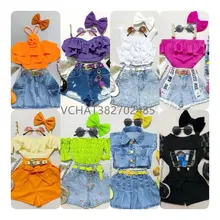








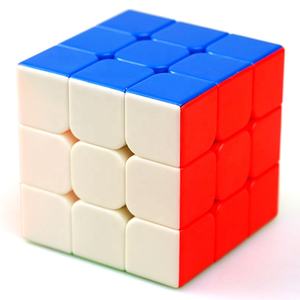




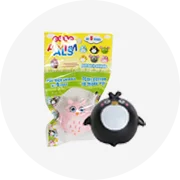


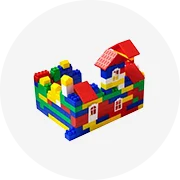

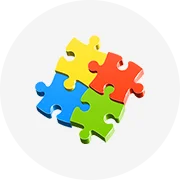
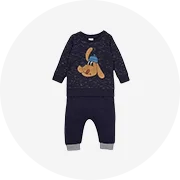
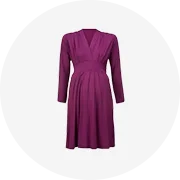

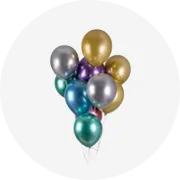
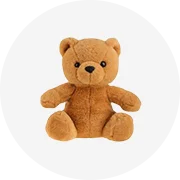










 浙公网安备 33010002000092号
浙公网安备 33010002000092号 浙B2-20120091-4
浙B2-20120091-4